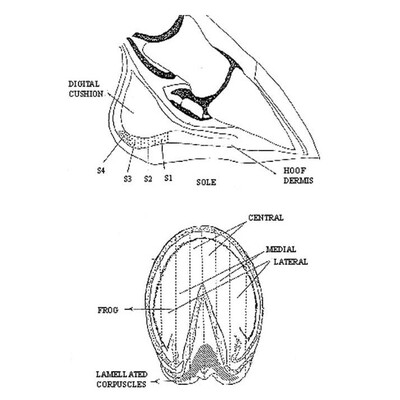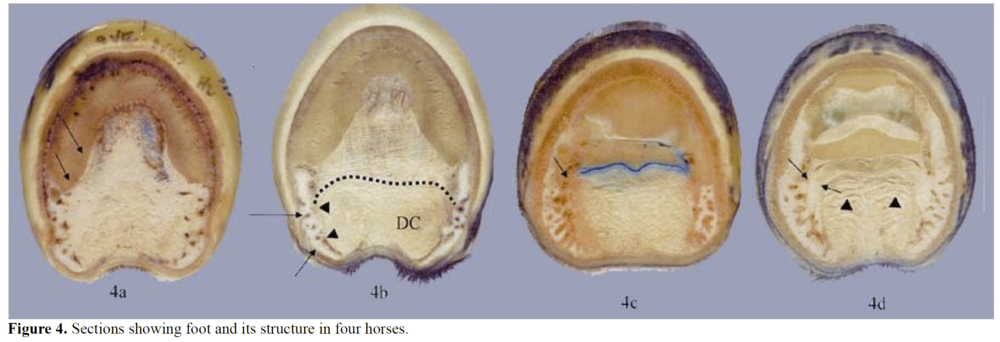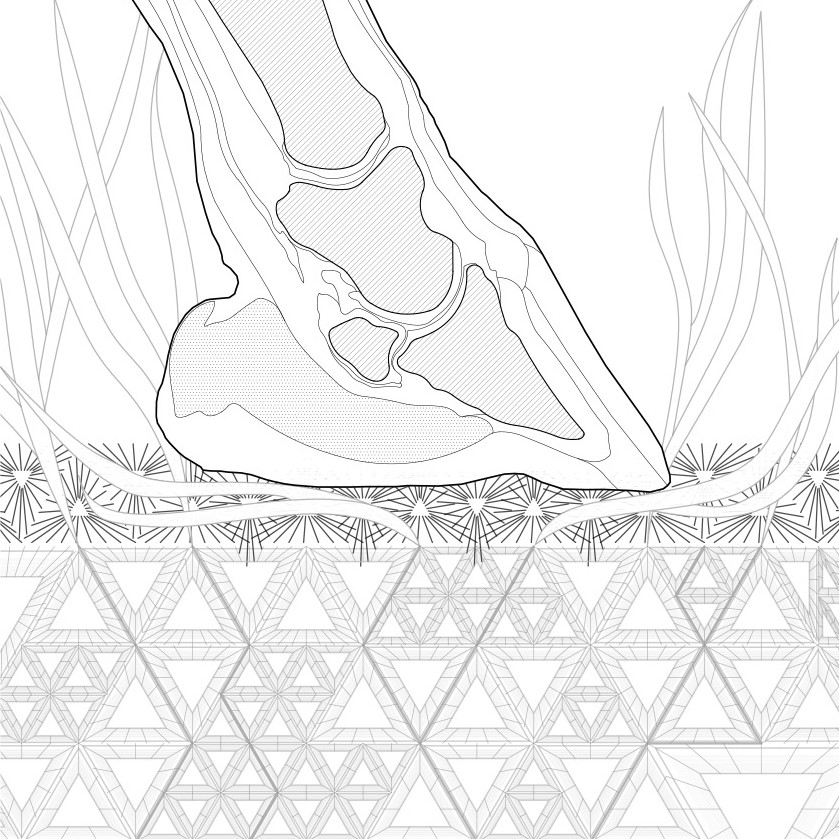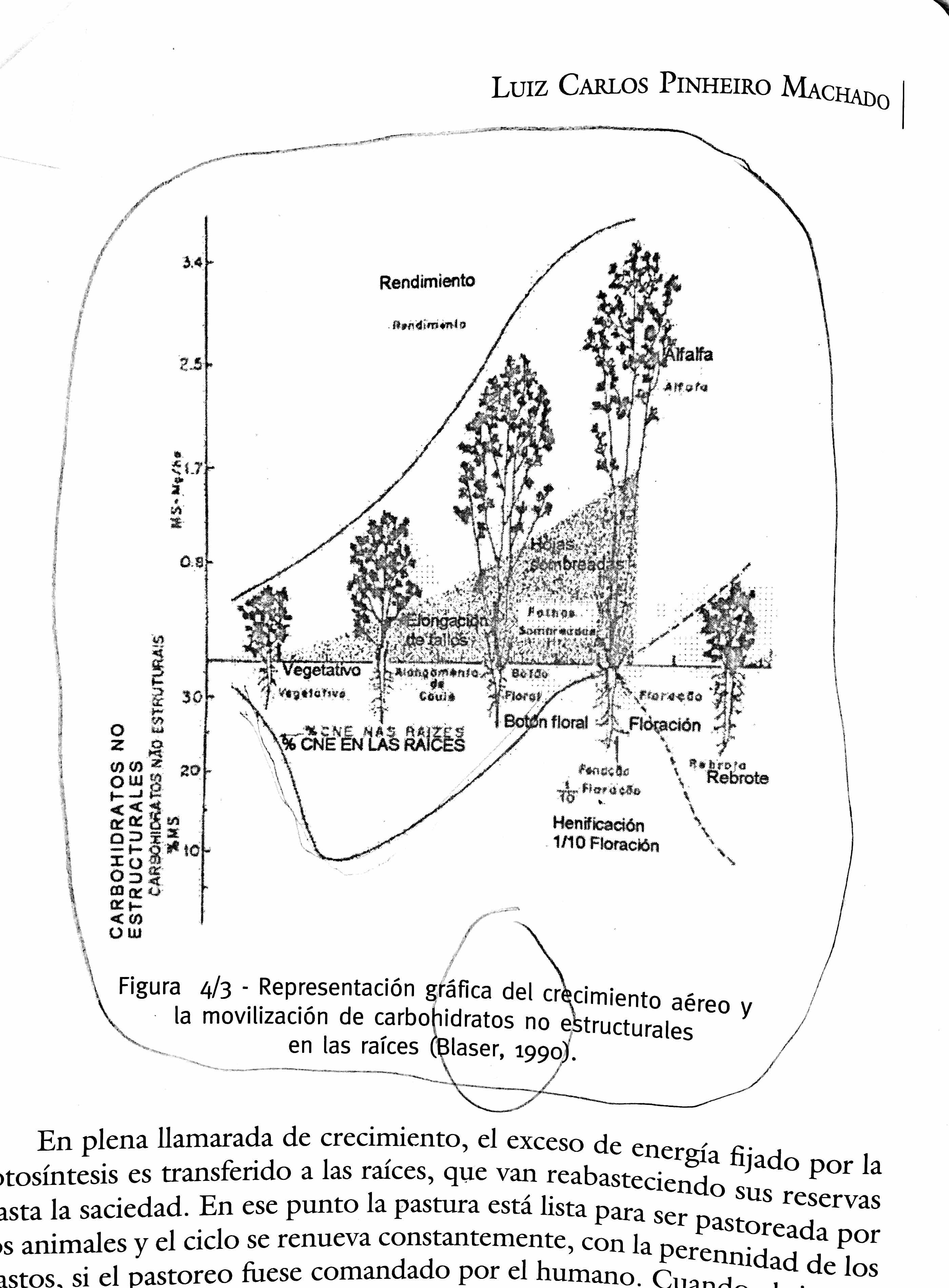
Contrasting Structural Morphologies of 'Good' and 'Bad' Footed Horses, Bowker, 2003
Marc Sánchez of Innova Horse Care references this article describing the effect of the ground surface on horse feet. The horse's foot is a complex organ that reflects the horse's diet, the ground surface and the treatment of the foot itself (namely if, and how, it was shoed). The horse's health is impacted by its feet, and as a result, the ground surface and health of the soil directly affect the horse. This link between the soil and the horse's health is essential for this project, which is premised on simultaneoulsy improving the quality of life for the horses and the quality of the soil.
The article, written in 2003 by R.M. Bowker, defines a 'good-footed' horse as "one that lives well into their 20s or 30s without any chronic foot problems" whereas a 'bad-footed' horse defined as one with foot-related health problems. Bowker writes,
"The conformation of the horse foot is influenced by genetic factors, we believe that the environment has an equal or perhaps even greater influence in determining the "degree of goodness or badness" in the foot, and thus, the relative incidence of chronic foot problems.... we have discovered that the structures and the internal composition of the foot appear to continually change over time from the birth of the foal to the death of the aged horse. Furthermore, if you move a horse to a different environment, the foot will adapt and change to a greater degree.
With "proper foot stimulation" when the horse interacts within its environment during stance and movement, the foot adapts and becomes remodeled to form a "strong foot" as indicated above. However, in those feet without the "proper foot stimulation," the palmar foot and the distal phalanx may not be able to adapt and sufficiently change to protect themselves from the external stresses applied to the foot. These feet are not able to develop a "strong-footed" horse"
- Bowker, Contrasting Structural Morphologies of 'Good’ and 'Bad’ Footed Horses, 2003



